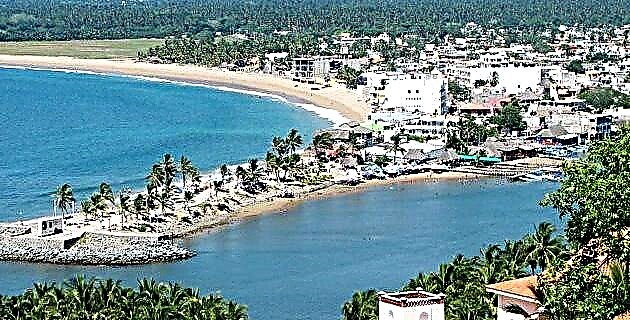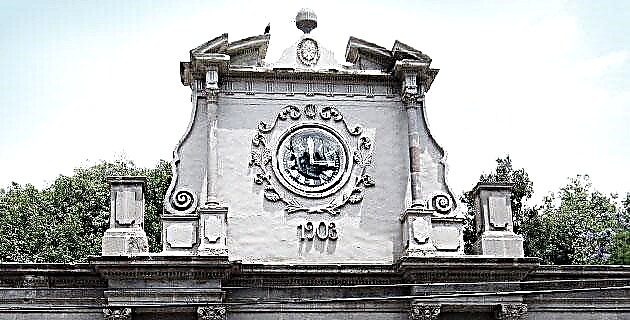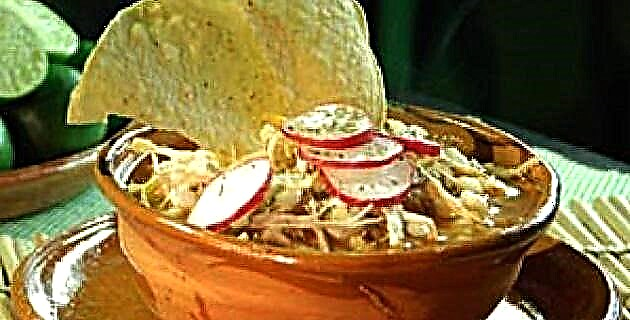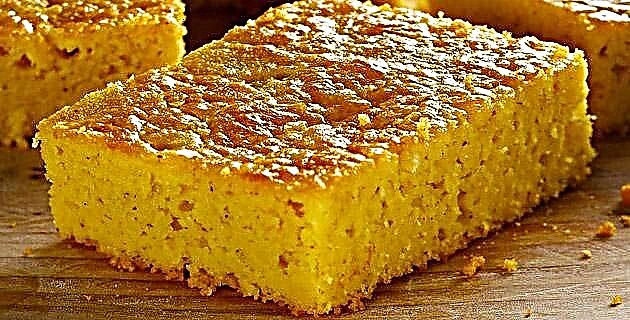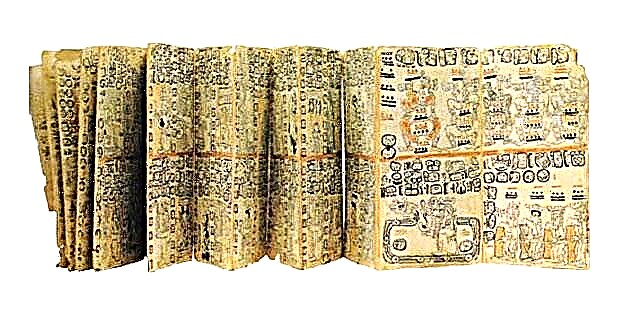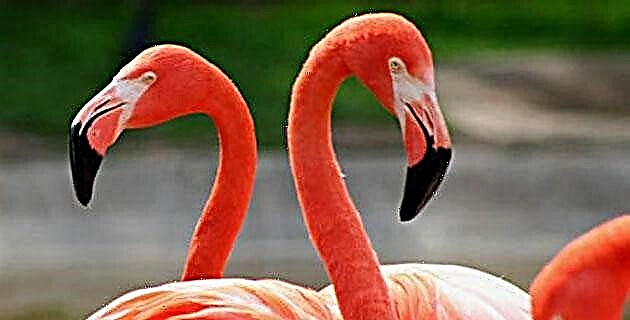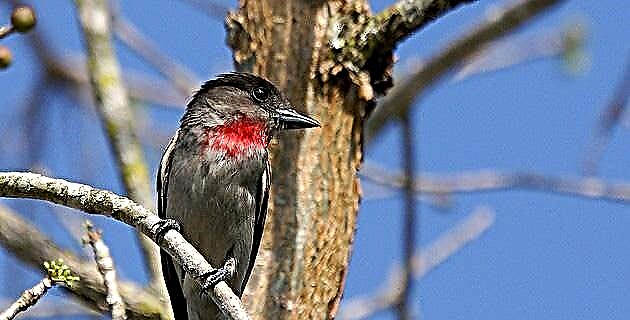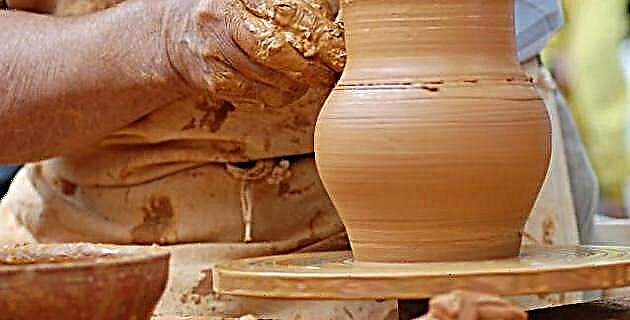
I am already old, my children are already eleven and thirteen years old, old enough for them to learn everything about the potter's trade ...
My daughters help me, but they have to learn housework with their mother because they will soon be of marriageable age and will have to take care of their husbands and their homes. I have already taught my children to prepare the clay to make the dishes that we use in everyday life, such as the pots in which food is prepared, the bowls in which food is served and the griddles for tortillas; With these objects we barter in the tianguis, in order to obtain the products that are brought from other regions, for example the tar from Papaloapan.
Now that the relatives of the principal of the town have come to ask that the dishes be made for the ceremonies that will be held to offer his death, I will have the opportunity to teach them all the secrets to make the vessels in which the copal is burned to smoke the body. of the deceased; the most important objects are the bowls, pots, plates and glasses in which the food that is deposited in the tombs is served and that the dead will take on their way to the world of Mictlan.
Tomorrow we will leave before dawn to look for the necessary materials, such as clays and dyes.
Look, children, we must look for the most suitable clay, since later we will mix it with other materials, such as sand and waste from the obsidian and mica workshops, well ground so that the clays are easier to model, which will allow us to do thin-walled pots, good quality pieces, strong and durable.
To polish the pieces, agates are used that are obtained in the region of the mountains, and that leave the surface of the vessel completely smooth, unlike when the cob of corn cob is used.
We will take the paint to decorate the vessels from some stones, such as malachite, which once crushed produces green dyes; other stones have an ocher or yellow layer, that is because they contain iron; from lime stone we can obtain the white color and from charcoal or tar the black color.
From some plants, such as moss and indigo, we can also obtain some dyes for our pots; even from animals like the mealybug you can get dyes.
The brushes to paint the objects are made with bird feathers or animal hair such as rabbit and deer.
Look, children, this is important for you to know, because with these paintings the vessels that the priests of the temples use at weddings and funerals of high-line characters are decorated, and it is important that they are well made, because the gods will offer them the best.
The objects that we make are used in all the important moments of our lives, but those that are decorated with representations of the gods are the ones that must be made with the greatest care.
The figures that are placed on the pots have a meaning and you must learn it, because just as I am now in charge of making these objects, one day you will be responsible for following this trade and passing it on to your children. My father was a potter, and I am a potter because my father taught me, you will also have to be a potter and teach it to your children.
The figures that I make in these vessels are those used by goldsmiths, weavers, those who carve stone and wood; They are representations of flowers, birds and all the animals that exist in the air, water and earth, or of the activities that we carry out, and they are copied from the environment that surrounds us.
All this has a meaning and this is how the people who have the wisdom and knowledge of the earth, the grandparents, the priests and the Tlacuilos, have taught us, because it is the way in which our gods are represented, and in this way they can be transmit to young potters and other artists, as I am now doing with you.
When my father taught me about pottery work, in our village there were a few houses and I helped my grandfather not only to make pottery objects, but also to dedicate part of the day to field activities, such as preparing the pottery. land for planting and caring for the crops, and we took the opportunity to find places where there was good mud or to gather the firewood with which the pieces were cooked.
In those days, all the objects that we produced were taken to the markets of Huajuapan or Tututepec to exchange for other products. Now we can dedicate most of the day to the production of ceramics, because the town in which we live has grown and everything we do is asked of us here.
There are different techniques in clay modeling and it depends on the piece you want to make; For example, to make a pot, strips of clay are made that are then glued in a spiral, and lightly joined with the fingers, thus forming the body of the pot. Once we have the complete shape, the surface of the vessel is smoothed with a cob to erase the lines of the joints.
When my grandfather taught my father how to prepare and cook pottery, they did it outdoors; First, an open place was cleaned where there was nothing else that could be burned, one object was carefully arranged on top of another and small pieces of clay were placed between one pot and another to prevent them from sticking during cooking; Afterwards, the whole pile of logs was surrounded and set on fire, but in this way many pieces were spoiled because they were not cooked evenly, some had more fire and burned, and others did not get to cook and remained raw and broke.
However, now the pieces are placed in a furnace that is dug into the earth and a small ventilation is left in the lower part, through which the air enters so that the firewood is burned, while the upper part is covered with pieces of the broken pieces to prevent the heat from escaping and the temperature being the same throughout the oven; With this technique, not so much material is wasted anymore. When they learn to model and bake well, I will teach them to polish and paint.
Source: Passages of History No. 7 Ocho Venado, the Conqueror of the Mixteca / December 2002

